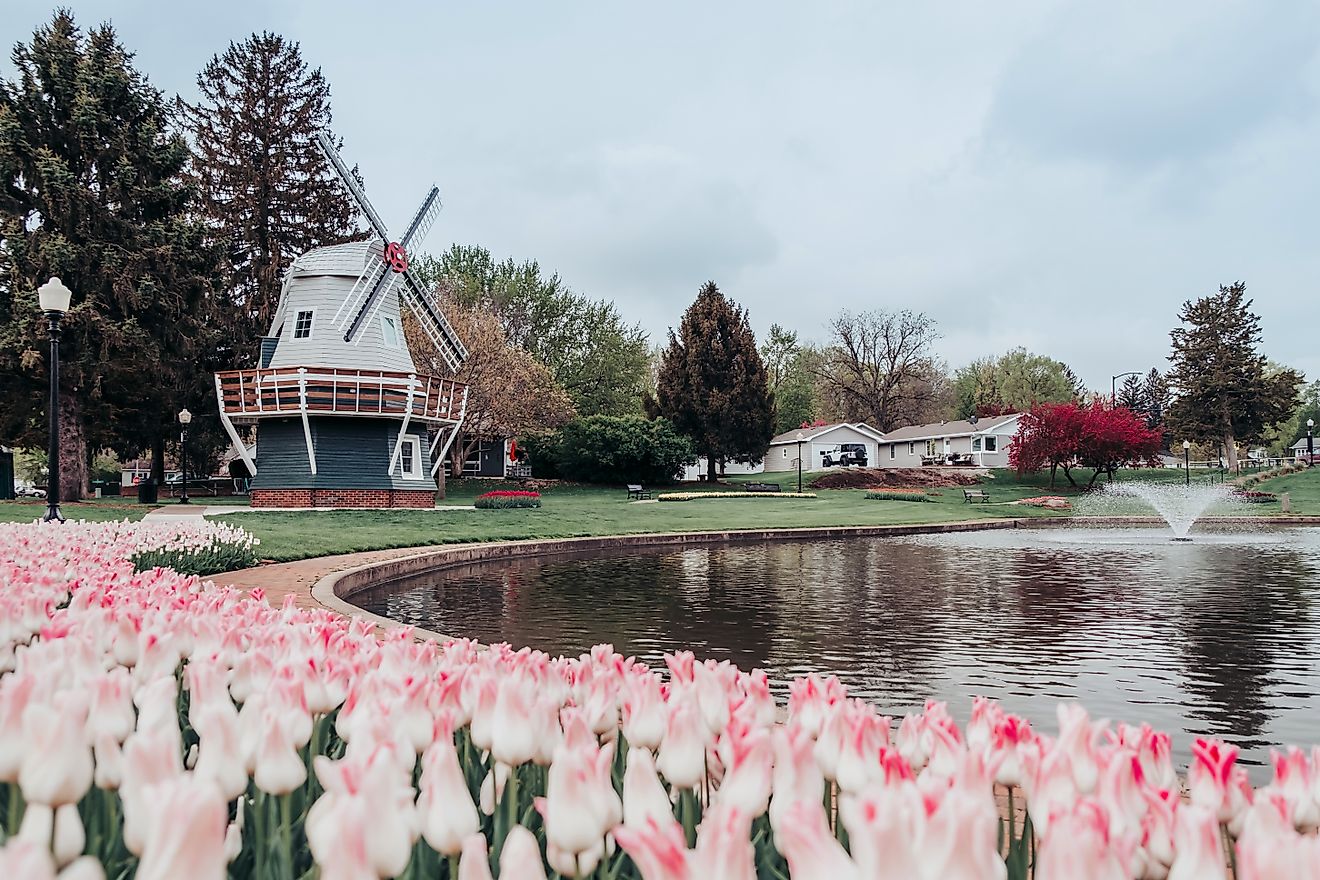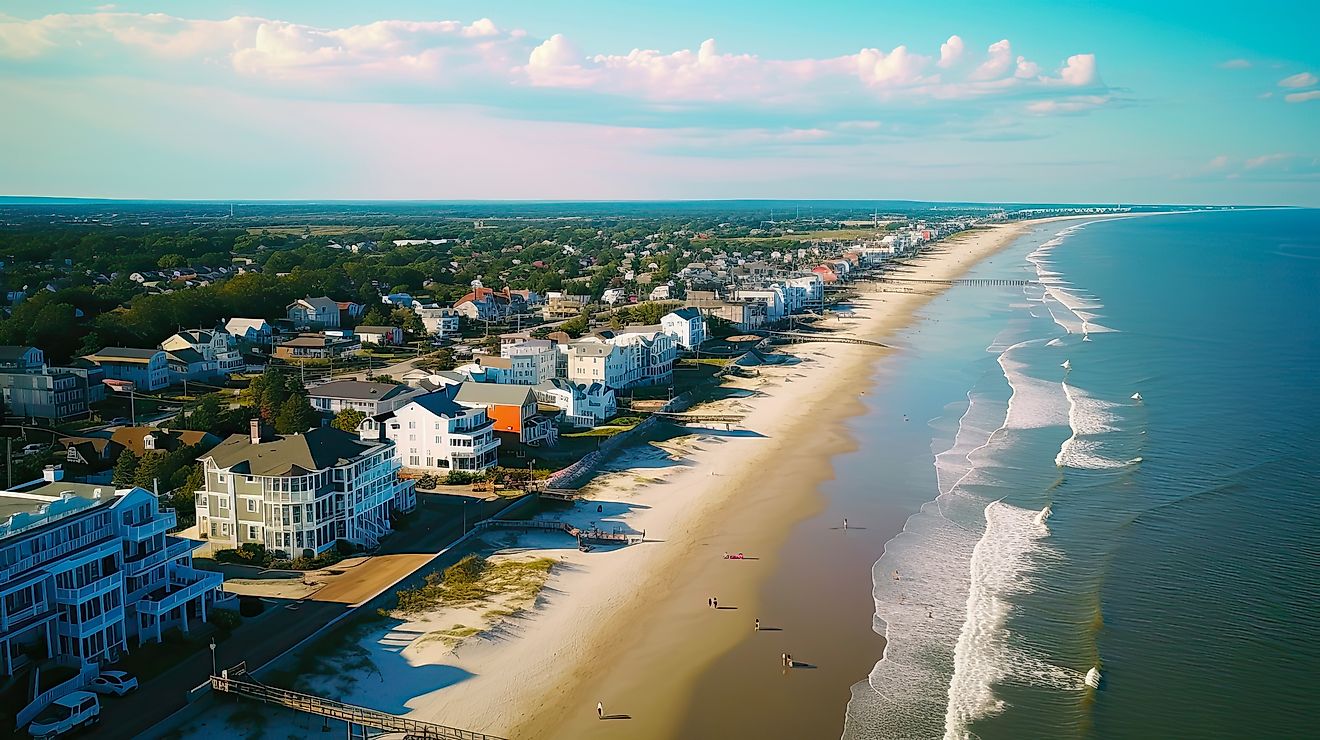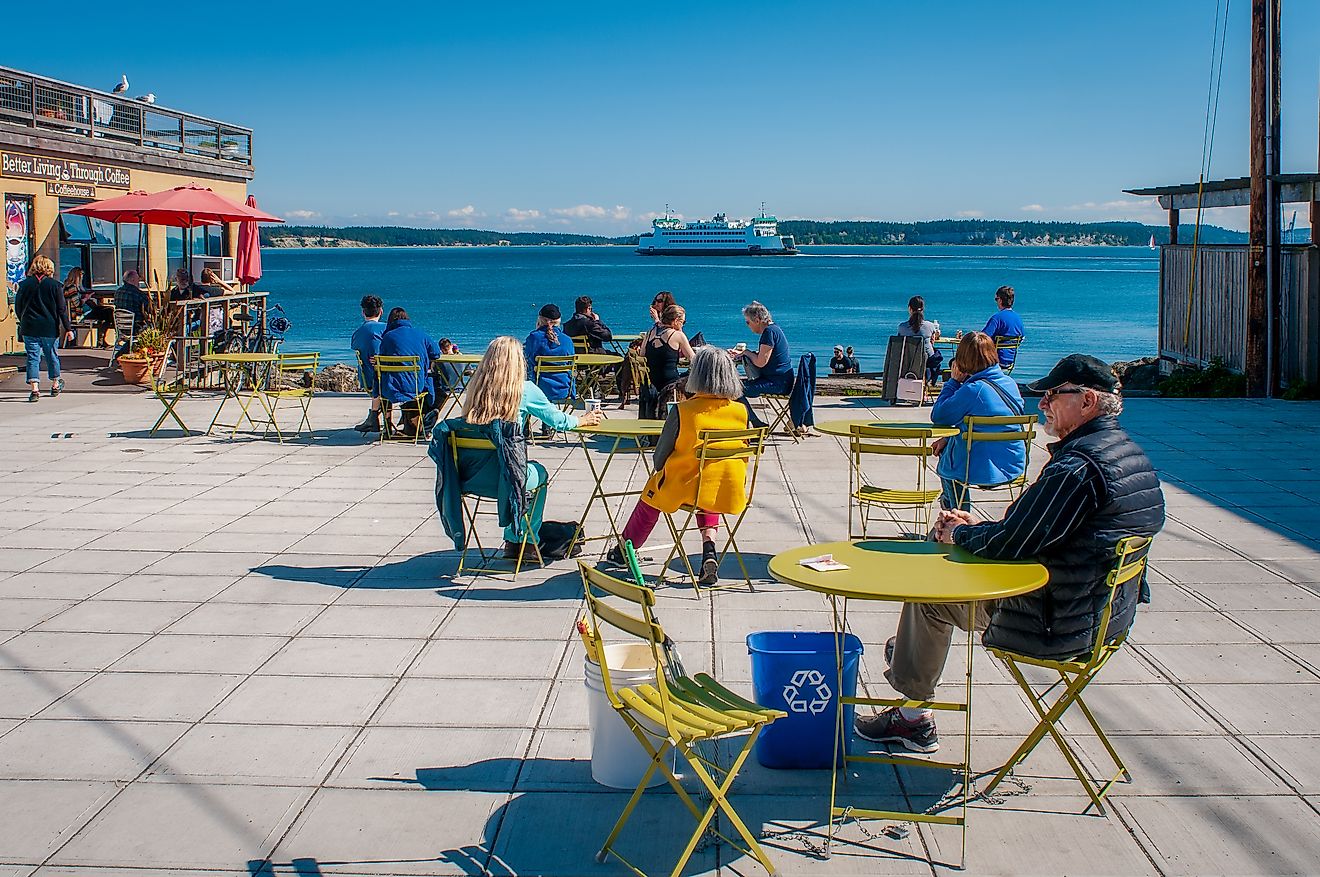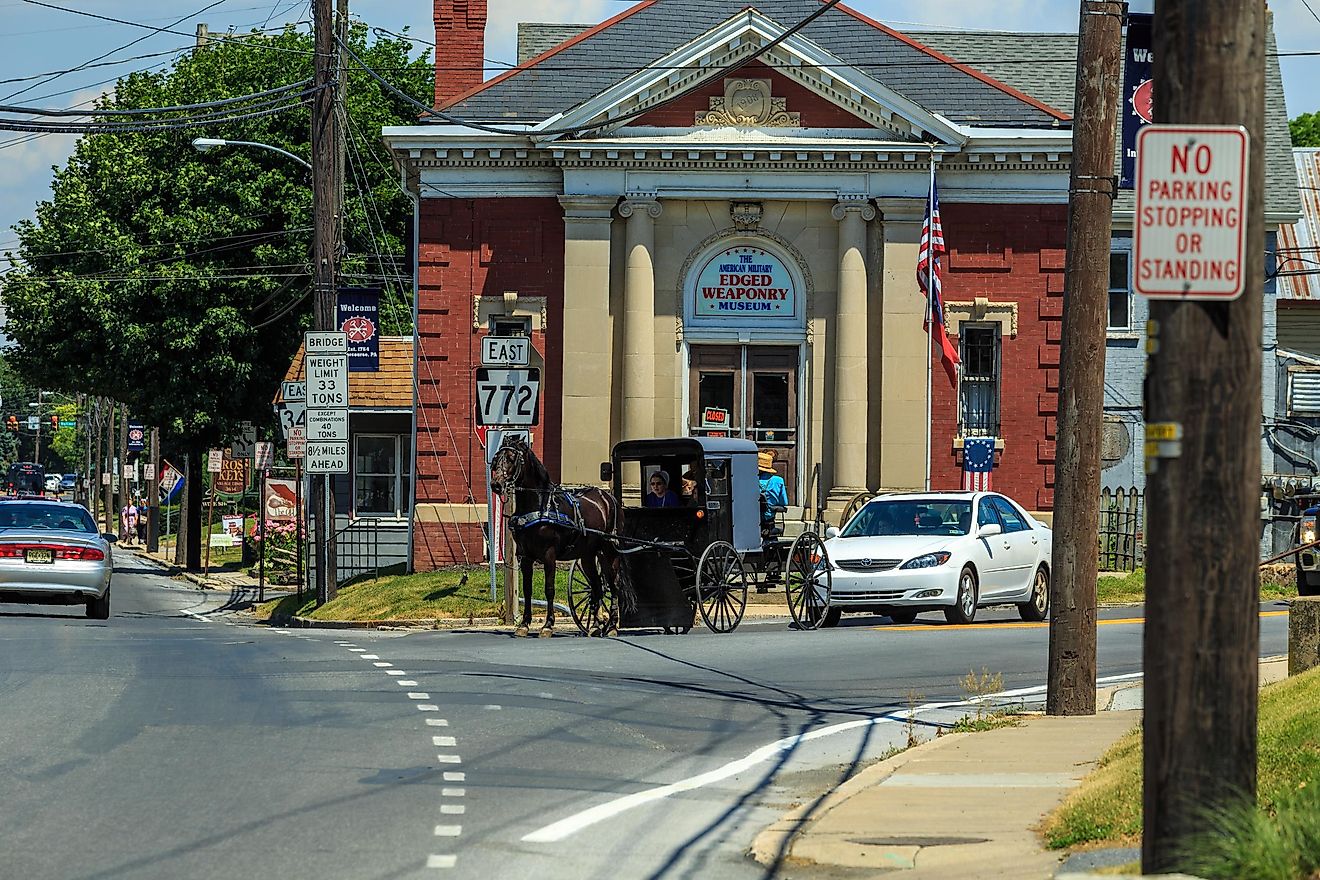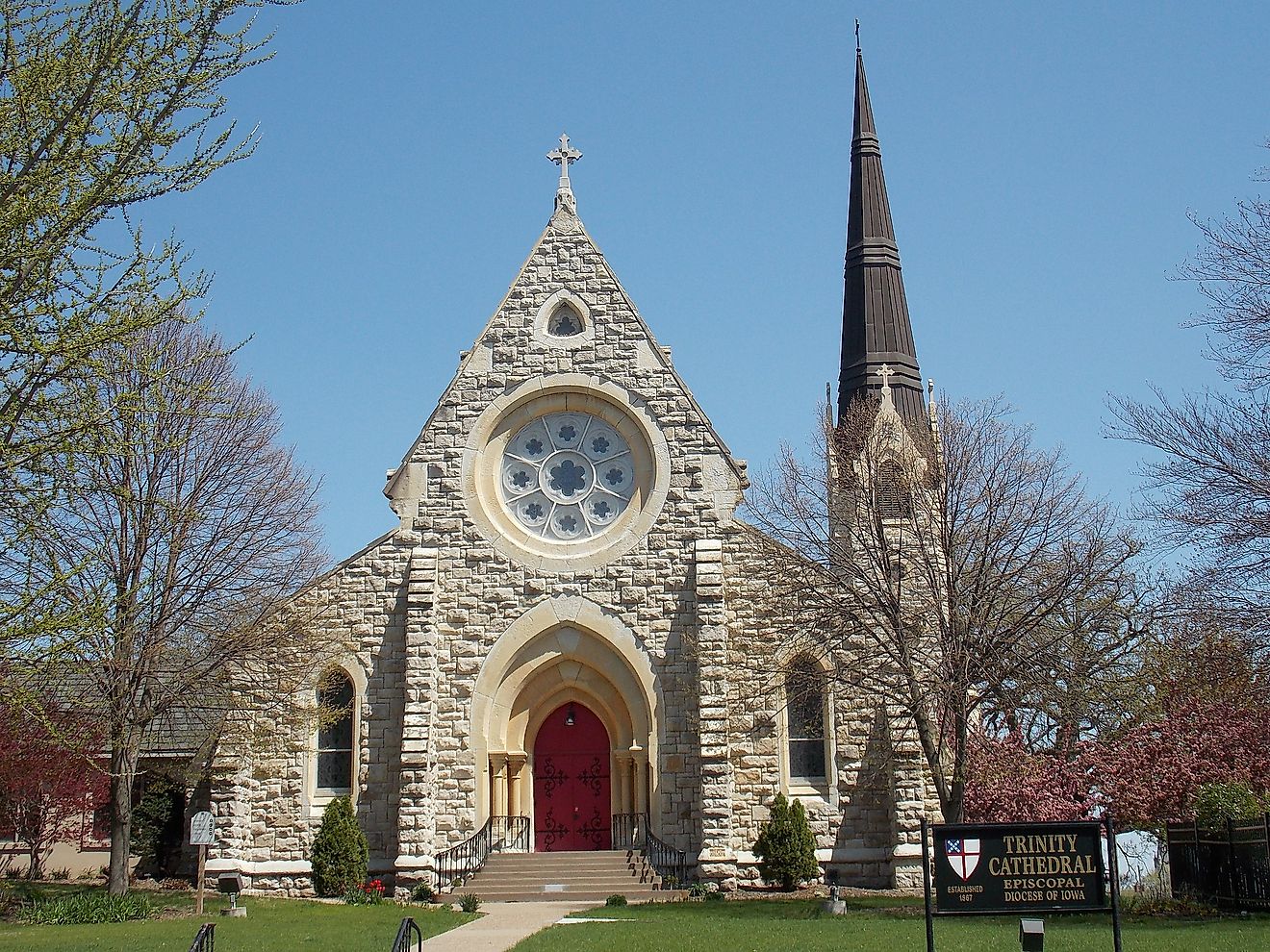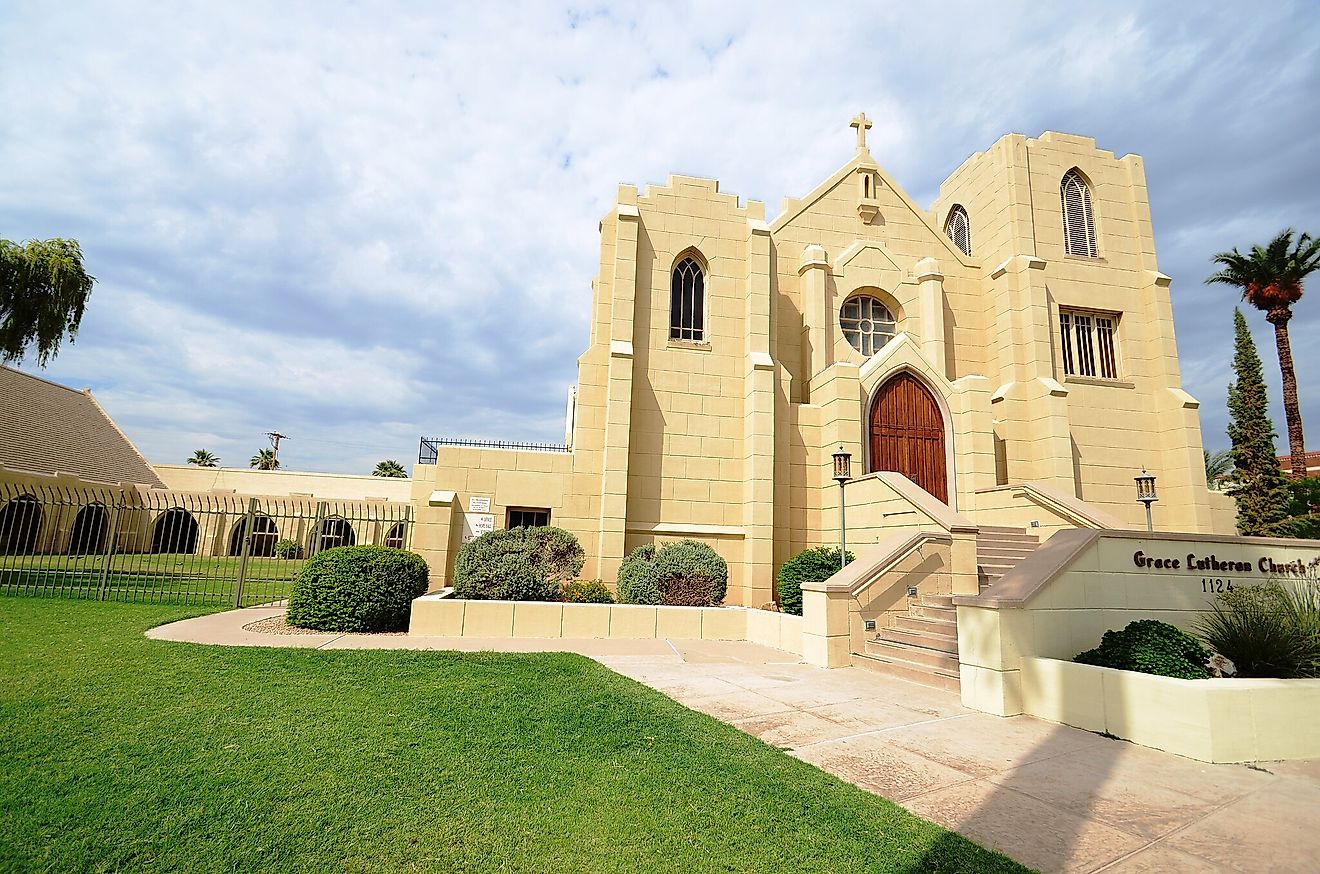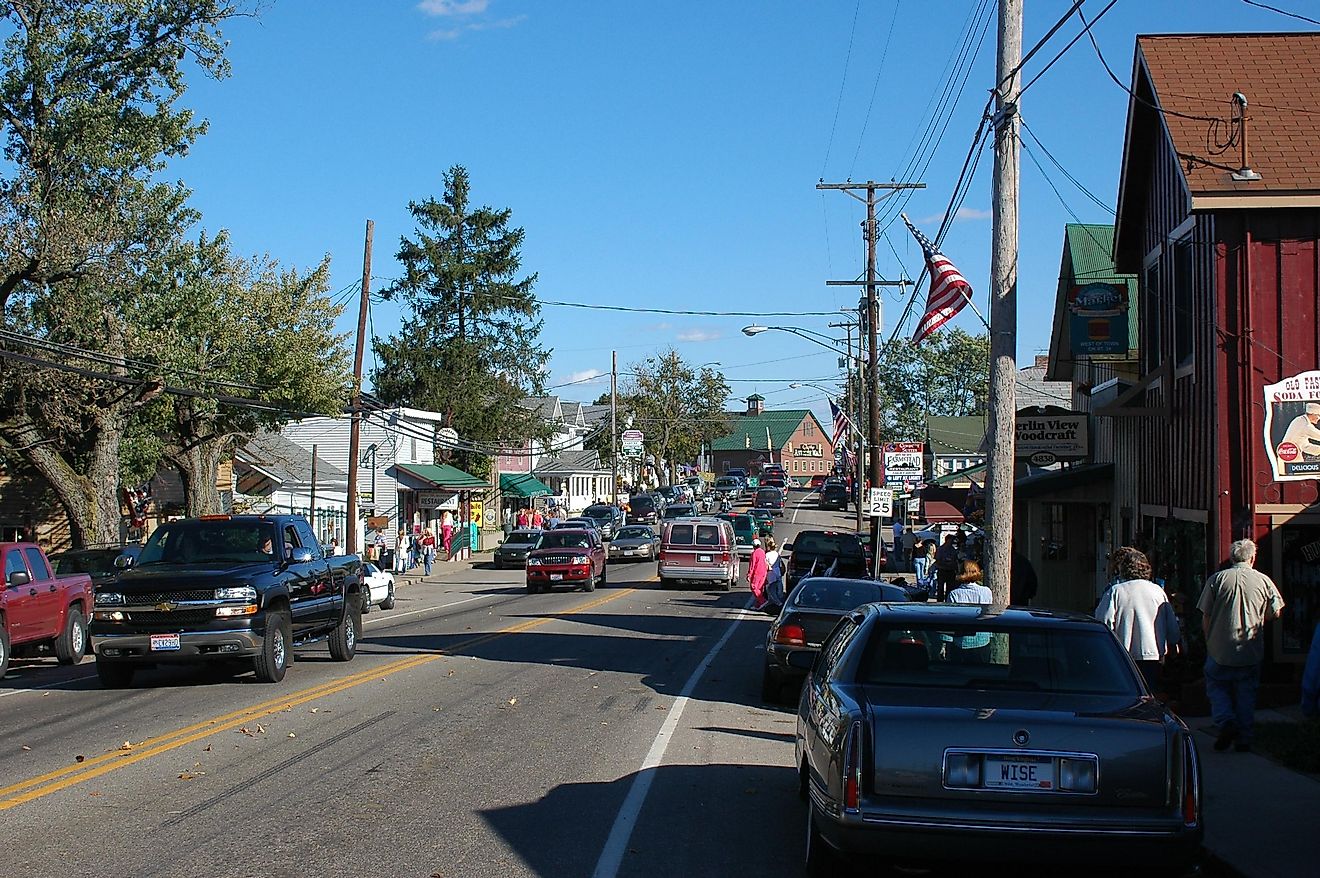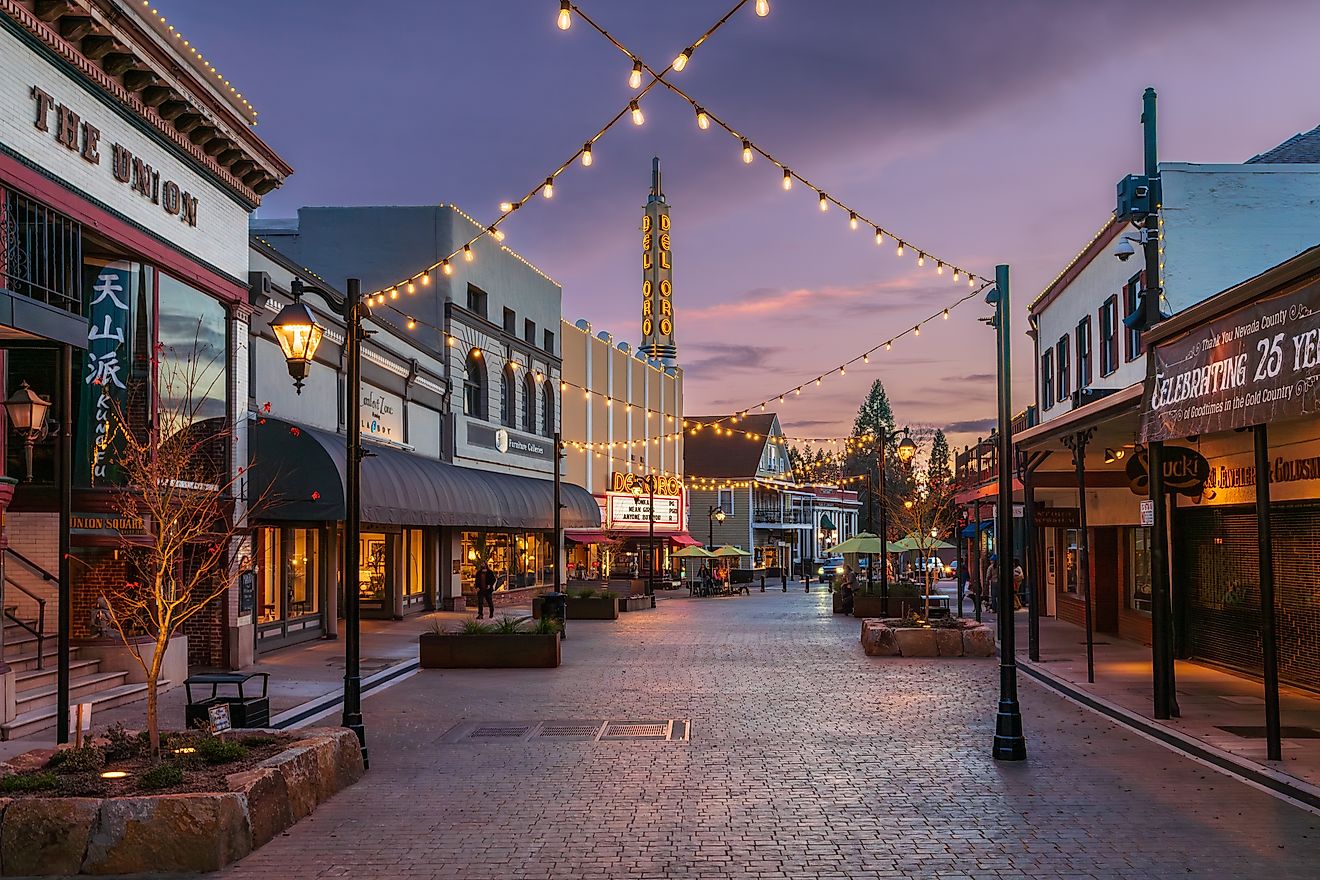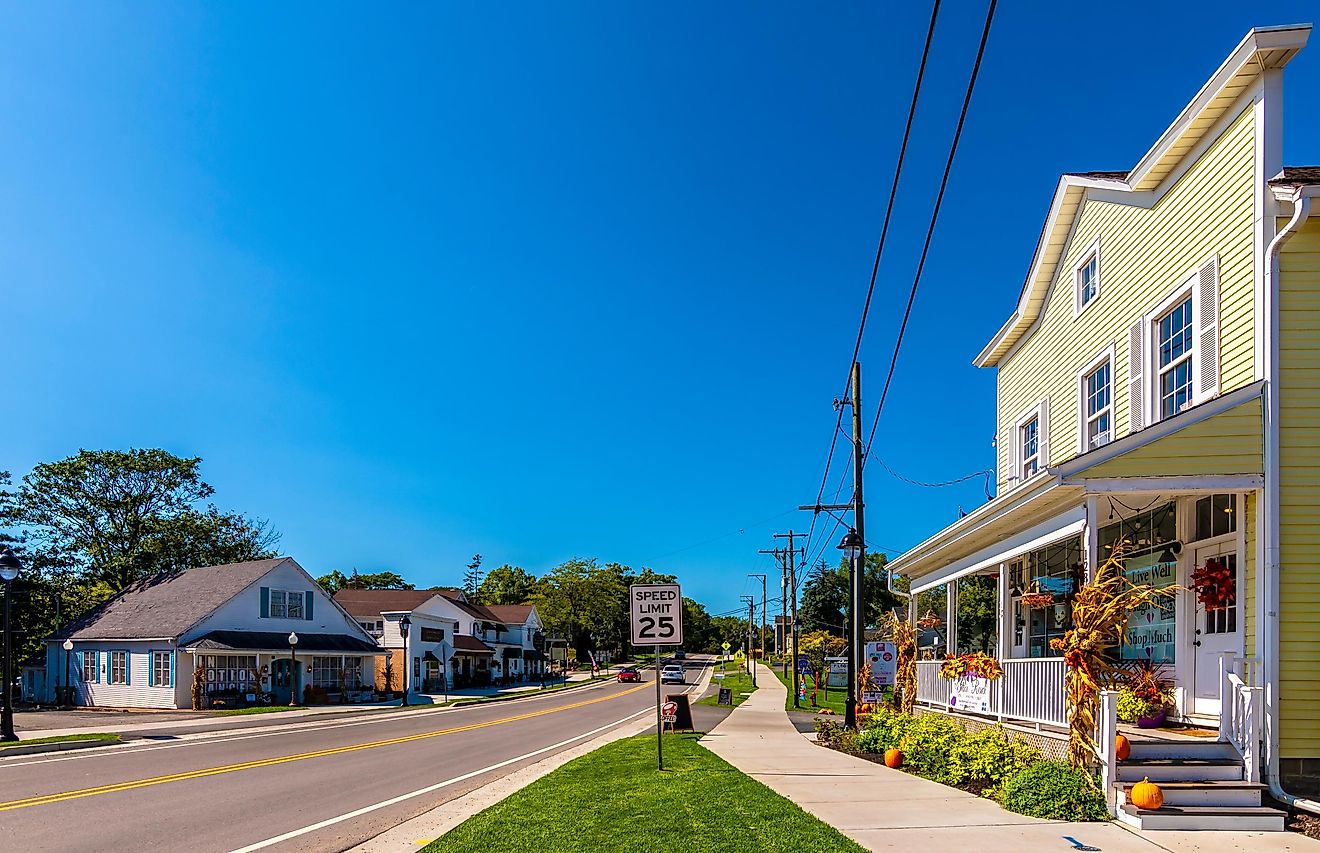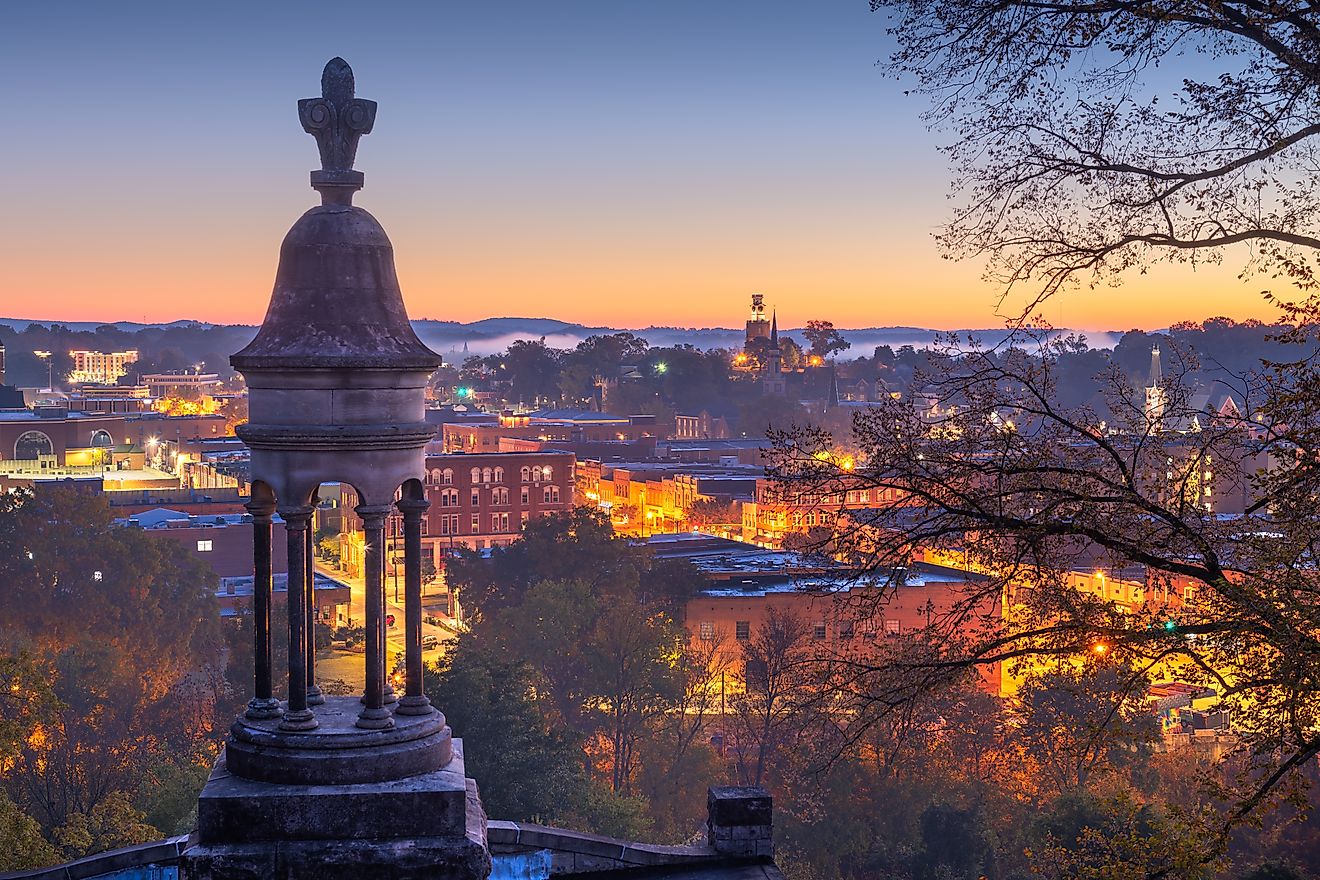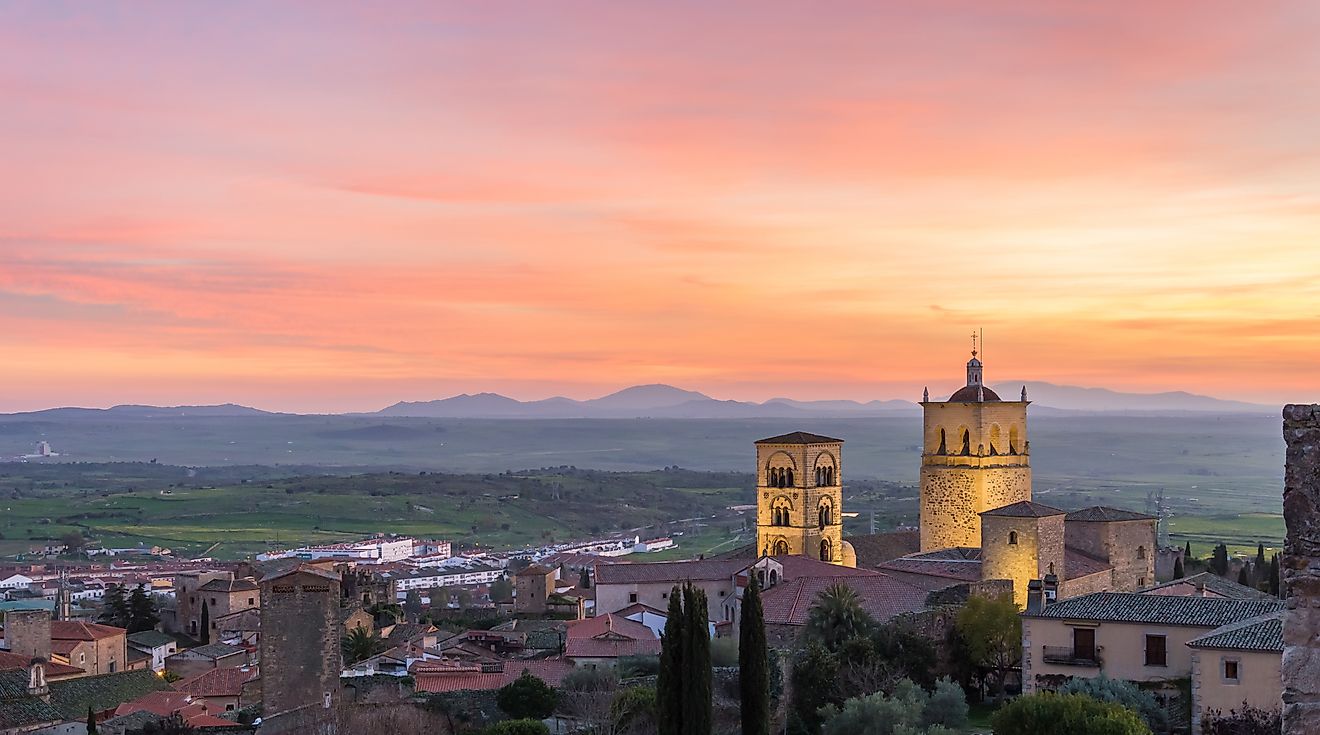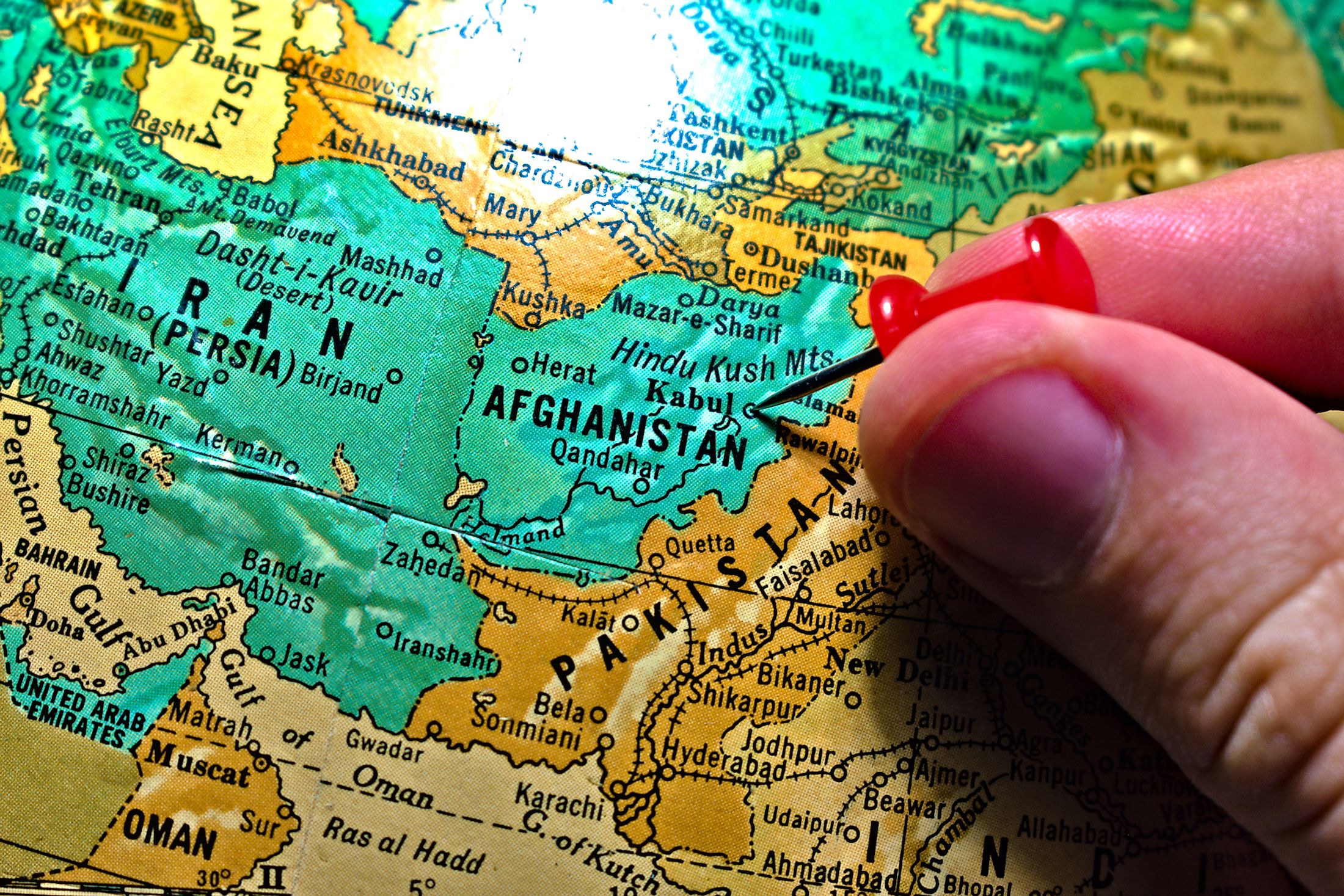
Kabul, Afghanistan
Kabul is the capital and largest city of Afghanistan. It is located in the eastern part of the country, in a narrow valley that is situated between the Hindu Kush Mountains. This location has been historically strategic, as it is the crossroads between Western Asia and Eastern Asia. Kabul is also situated on the path of the historic silk route, one of the most important trade routes in human history.
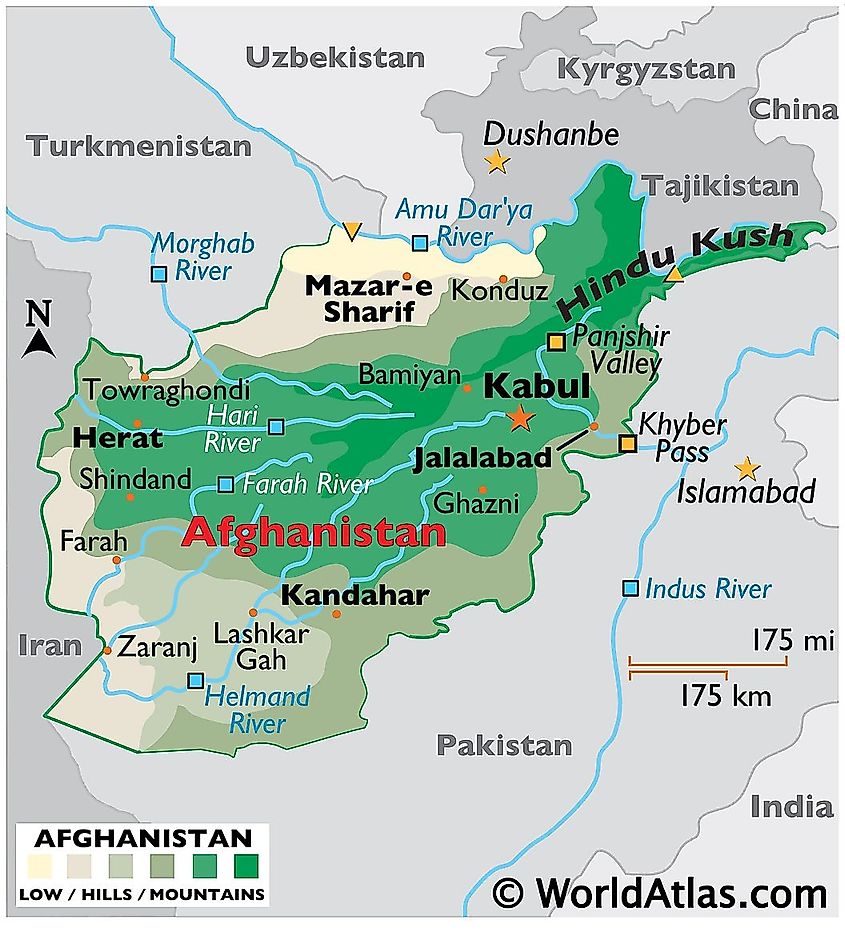
The city lies at an elevation of 1,790 meters, which makes it one of the highest capital cities in the world. Kabul is thought to be about 3,500 years old. The city has seen various empires come and go. It has also been witness to many armed conflicts and has had to be rebuilt numerous times.
Demographics
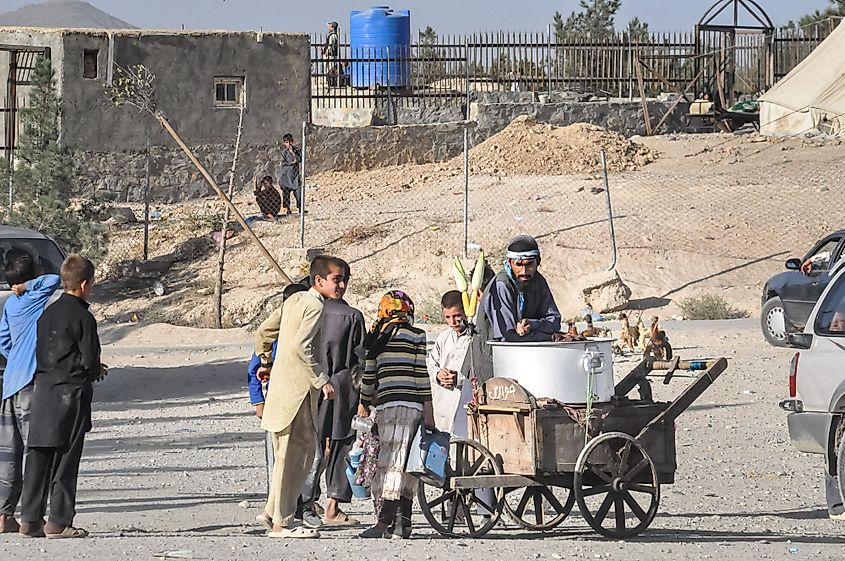
The population of Kabul is estimated to be 4.6 million, making it the largest city in the country. This may change dramatically, however, following the Taliban’s recent reoccupation of the city. All of Afghanistan’s ethnic groups are represented in the city’s population, though the majority are of either Pashtun or Tajik descent. There are eleven or twelve different languages spoken in the city, but the most common languages are Dari (Persian) and Pashtun. Many Afghans from rural areas have streamed into Kabul over the years, to the point where they now outnumber the “Kabuli” or urbanites of the city. Many of the Kabuli are secular, well-educated, and westernized. More than two thirds of the people in Kabul are Sunni Muslims, with Shiite Muslims making up most of the remainder.
History
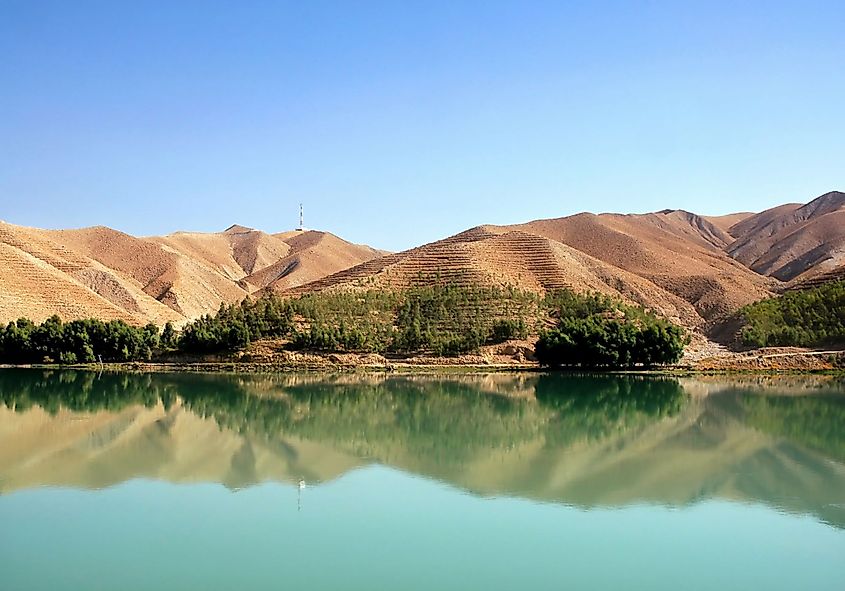
Kabul has had many names over the centuries. For example, in Sanskrit, the city was known as Kubha. The ancient Greeks knew it as Kophen, Kophes, or Koa. The name “Kabul” was first applied to what is now the Kabul River, and then it was applied to denote the area between Hindu Kush and Sindh, the latter of which is now a province in Pakistan. There is also a legend associated with the founding of Kabul, which claims that a lake was once situated there, and in that lake was the “Island of Happiness”. According to the legend, a king ordered a bridge (or “pul” in Persian) made of straw (“kah” in Persian) to be constructed to connect the island. The two words, “kah” and “pul” were put together to form the word Kabul, which became the city’s name.
Kabul is thought to have been established sometime between 2000 BCE and 1500 BCE. It is mentioned in the Rig Veda, a collection of Hindu hymns that were composed over a period between 1700 and 1100 BCE. The Median Empire (c. 678-549 BCE) was the first great power to control the city. In 549 BCE, however, the Median Empire, along with Kabul, was annexed by the Persian Achaemenid Empire, during which time the city became a center of learning for the religions of Zoroastrianism, Hinduism and Buddhism.
About two hundred years later, Alexander the Great conquered Kabul as part of his conquest of the Persian Empire. Upon the breakup of Alexander’s empire into separate states, the city became part of the Seleucid Empire. The Mauryan Empire was the next great power to control Kabul, until the city was seized by the Greco-Bactrian Kingdom in the early second century BCE. In the mid-second century BCE, the Indo-Greek Kingdom took control of Kabul, followed by the Scythians and the Kushan Empire, which would control the city until the 3rd century CE. Afterwards, smaller powers and dynasties would rule Kabul until the Islamic conquest of the 7th century CE.
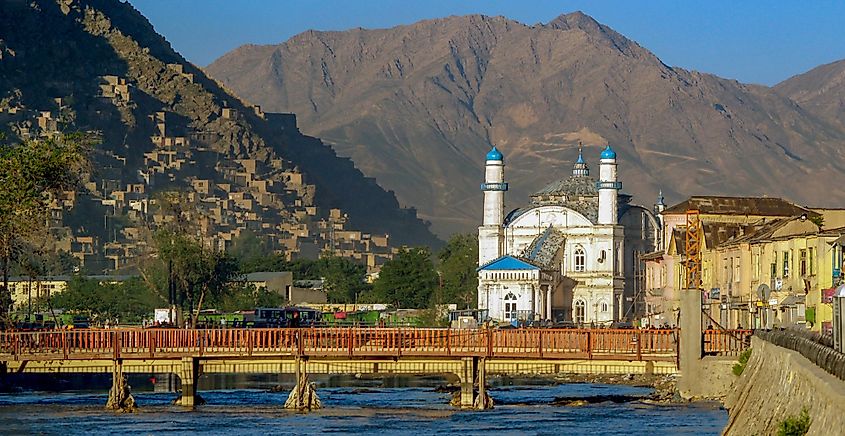
Muslims first conquered Kabul in 674, but it would not be until the 9th century that the city and the surrounding area, then called Kabulistan, would be converted to Islam. A succession of Muslim dynasties would control Kabul until the 13th century, when Genghis Khan and the Mongol Horde conquered the city. Following the end of the Mongol invasion, Kabul returned to Muslim dynastic rule for the next five centuries. In the 18th century, Kabul would begin its tenure as the capital of Afghanistan following the emergence of the Afghan Empire. The city was formally made the capital of Afghanistan in 1776. In the 19th and early 20th century, the British made several attempts to conquer Kabul and the entirety of Afghanistan, but these attempts were always repelled eventually.
By the 20th century, Afghanistan had been turned into a kingdom, with King Amanullah Khan at the helm. It was in the early-to-mid 20th century that Kabul became a modern city. In the 1930s, Kabul University was opened. By the 1940s, the city had become an industrial center. Roads in the city were paved for the first time in the 1950s. The Kabul Zoo was opened in 1967. The city was also witness to radical political change. In 1973, Mohammed Daud, who was once Afghanistan’s Prime minister, overthrew the monarchy and established a republic. Five years later, he was overthrown by communists supported by the Soviet Union.
The USSR invaded Afghanistan in 1979, occupying Kabul, and turning it into a command center, which they used during their war against Mujahideen rebels. During the Soviet invasion, the population of Kabul grew exponentially. Whereas its population was an estimated 500,000 in 1978, it grew to about 1.5 million by 1988. Many of the new residents were internally-displaced refugees. In 1989, Soviet troops pulled out of Afghanistan. Three years later, the Afghan government that was supported by the USSR collapsed, leaving militias in control of Kabul.
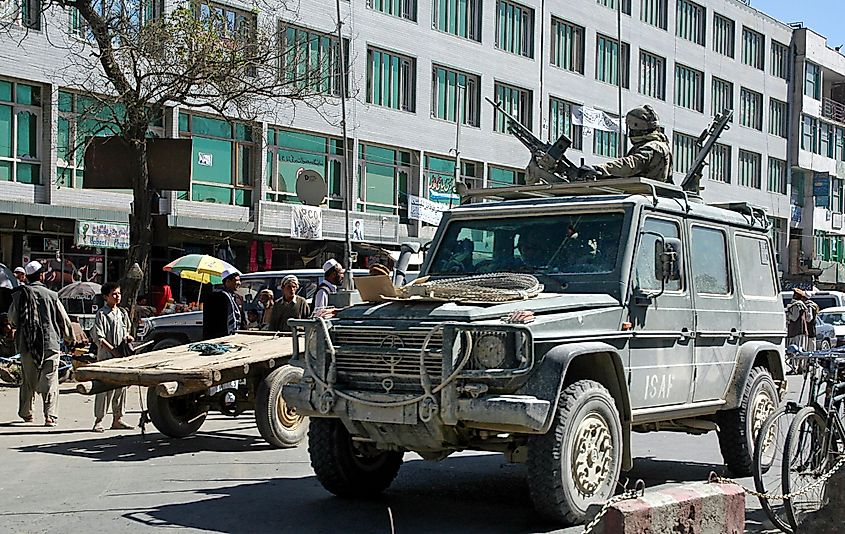
In 1996, the Islamic fundamentalist group, the Taliban, took control of Kabul, and would rule the city for five years, until a coalition of forces led by the United States invaded Afghanistan following the terrorist attacks of September 11, 2001. For the next twenty years, the Afghan capital would be under the control of the Western-backed Afghan government. Over these two decades, Kabul was rapidly rebuilt. The city’s population swelled to 3 million. Many of the city’s new residents were Afghan expatriates who returned to the country. In 2012, Kabul was rated as the world’s fifth fastest-growing city. Despite the progress, however, terrorist attacks continued to plague the city. In 2021, the US government decided to withdraw its troops from Afghanistan. This troop withdrawal helped to precipitate the rapid resurgence of the Taliban throughout the country. In August 2021, the Taliban reoccupied Kabul as hordes of Afghans attempted to flee.
